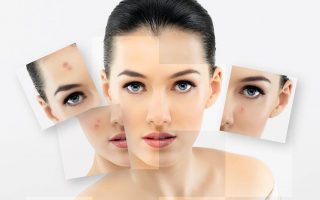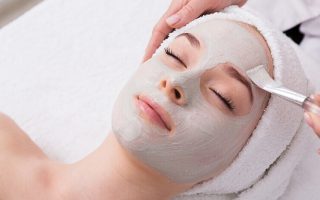An endless journey is already complicated enough to raise the level of difficulty. Faced with the prospect of taking care of the skin continuously, cleansing it twice a day, using toners, and serums, exfoliating it when appropriate, applying masks twice a week, and, in short, following all those routines that no one strictly adheres to or finds one. quick fix, the choice seems clear. However, this is not always the most recommended.
We have all been tempted to try pore-cleansing strips, which burst into our lives in 1997 with the miraculous promise of making undesirable blackheads disappear in just a few minutes. Since then, they have appeared intermittently in our toiletry bags, between skepticism and hope that this new brand would have improved their effectiveness.
We were never quite convinced because the extraction of blackheads was never as remarkable as they wanted us to believe in the advertisements. What’s more, after taking them off the skin with a few tears in between, we watched in astonishment as our noses continued to have the same imperfections. We had gotten a red face and a strip on the hand that, at most, had freed us from five black dots.
With time, the formulas improved. Ingredients such as tea tree oil, which helped to disinfect, were added, but the effect still did not blow us away. So why don’t we just banish them entirely? In addition to their lack of really visible results, other factors are added that lead to the question of whether they are worth it.
A list of ingredients that we don’t even want to get close to: If we live worrying about silicones, sulfates, alcohols, and other components on our blacklists, it would be inconsistent to place a product on our faces that contradicts this philosophy. Well, this type of strip is full of them. It is not difficult to deduce, since any surface that needs to stay attached to the skin seems inadvisable.
From dimethicone –a silicone that, although it softens, clogs pores in the long term– to PVP, a copolymer that comes from petroleum or those known as PEG, which are also derived from it and which destroy the skin’s natural protective barrier. . These are some of the benefits that make them up.
An aggressive technique: We have spent half our lives thinking that the only way to clean pores was to open them with steam and then remove blackheads. However, the current trend is to put extractions aside as too radical and irritating, especially for sensitive skin. Today there is a commitment to more delicate and constant care, designed to see long-term results. That is why the idea of ripping off imperfections is not the most appropriate. Especially when it does not offer us a definitive solution.
The problem reappears: As it is a superficial cleaning, almost like a trick that only serves to deceive us, we are doomed to the problem returning. It is better to bet on cleansers, toners, and chemical exfoliants that contain salicylic and glycolic acid, zinc, or magnesium gluconate. These ingredients thoroughly cleanse, banish dead cells, lighten the skin, and tighten pores.
The same happens with those that are composed of carbon. But be careful, here we are entering dangerous territory, that of fashions without a scientific basis and harmful to the skin. Instagram and Youtube have been invaded by tons of tutorials on how to make our peel-off mask. with activated carbon.
In principle, this ingredient can be very beneficial for treating blackheads, due to its ability to descale. However, the recipes that the Internet has come up with are crazy that no one should try. The most widespread contains glue – yes, the kind that children use at school so that it is not toxic. Of course, that leaves us much calmer… -, which has to be mixed with the activated charcoal to make it adhere to the surface of the skin.
And once it has dried, pull the edge. It may remove blackheads, but it leaves the face so extremely irritated that the cure is infinitely worse than the disease.

